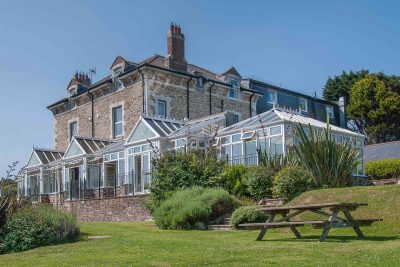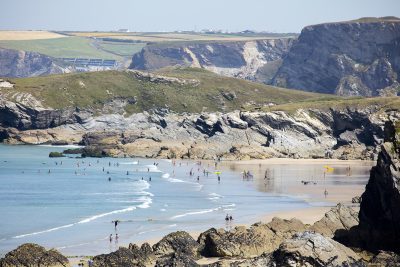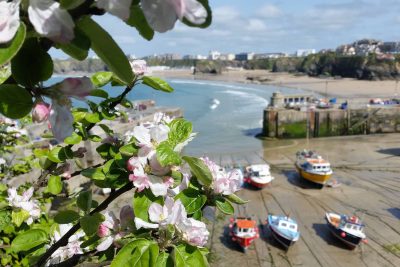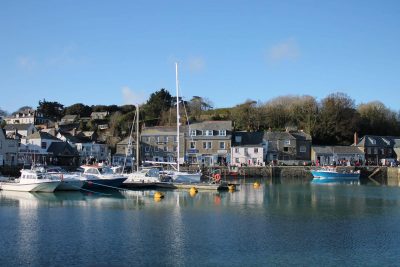🌿 Discover Golitha Falls
Tucked away in the beautiful Cardinham Woods near Bodmin, Golitha Falls is a magical stretch of cascading waterfalls and woodland trails along the River Fowey. It’s perfect for a peaceful stroll, a nature-packed family day out, or even a photo adventure. 📸🌳
Discover Cornwall’s Woodland Wonderland
Located on the edge of Bodmin Moor, Golitha Falls is one of Cornwall’s most enchanting natural attractions. Set within the Draynes Valley, this tranquil woodland is home to a dramatic series of waterfalls along the River Fowey, surrounded by ancient trees, mossy rocks, and an abundance of wildlife. 🍃
The River Fowey begins its journey high on Bodmin Moor, flowing southwards with a brief westward turn just outside the village of St Cleer. Here, it winds through a stunning woodland setting known as the Golitha Falls National Nature Reserve – one of the moor’s most beloved natural beauty spots. 🌳
Managed by Natural England (formerly English Nature), the reserve has seen the return of traditional woodland management techniques, such as coppicing, to help preserve its rich biodiversity and character.
Visitors can follow a peaceful, shaded footpath along the river to discover a series of picturesque waterfalls, framed by ancient trees and moss-covered rocks. It’s no surprise the area forms part of an Area of Outstanding Natural Beauty (AONB) – the blend of woodland and cascading water makes for a truly memorable walk. 👣
The reserve stretches between Draynes Bridge in the east and Treverbyn Bridge in the west, offering plenty of scenic spots to pause, explore, and enjoy the natural surroundings.
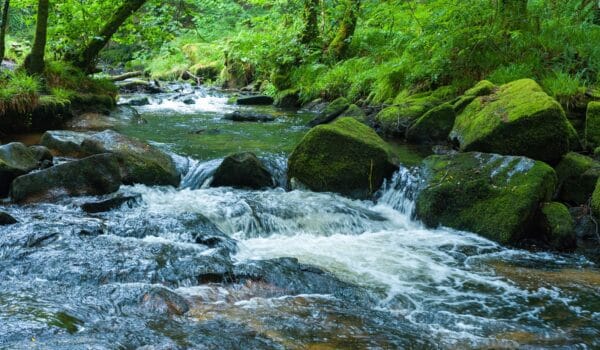
🚗 Getting There & Exploring the Trail
There’s a convenient car park at Draynes Bridge, located on a quiet country lane about a mile west of St Cleer. From here, a clearly signposted trail follows the River Fowey, heading first south-west, then curving north-west as it leads you towards the heart of Golitha Falls.
The walk is as varied as it is beautiful. At the start, the woodland is light and open, with sun-dappled glades and gentle terrain. 🌞🌿
As you approach the falls, the landscape transforms — the path narrows, entering a rocky gorge with steep, tree-lined slopes rising around you. It’s a striking contrast that adds to the magic of the journey.
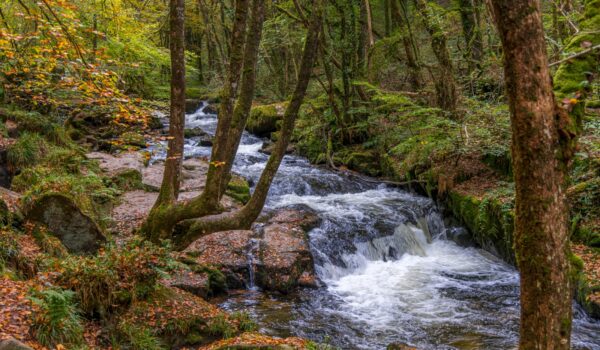
🌳 A Walk Through History
As you wander through the trees, you’re not just enjoying nature — you’re stepping through centuries of history. This ancient woodland has been managed using coppicing techniques for over 1,000 years, with records dating back to the Domesday Book of 1086. Remarkably, these traditional methods are still used today to help preserve the habitat.
Keep an eye out, too, for remnants of Cornwall’s mining heritage — just beyond the waterfalls you can spot the remains of old buildings once used by the Wheal Victoria copper mine, giving a fascinating glimpse into the area’s industrial past.
💧 When to Visit
The falls are at their most dramatic after heavy rainfall, when the river swells and the cascades roar through the gorge. If you visit in wet weather, be sure to wear waterproof boots – the path can be muddy in places. The trail is mostly level and suitable for those with reasonable mobility, though it becomes more rugged beyond the main waterfall section.
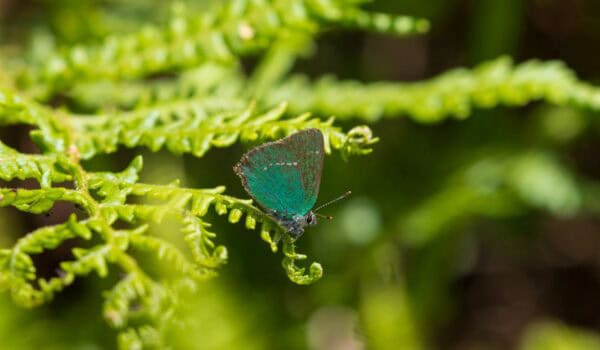 Green Hairstreak butterfly on a fern leaf
Green Hairstreak butterfly on a fern leaf
🌿 A Haven for Wildlife and Rare Plants
Golitha Falls is not just beautiful – it’s scientifically important, too. The area is designated as a Site of Special Scientific Interest (SSSI), protected for its rich variety of woodland flora, mosses, liverworts, and lichens. Over 120 species of moss and more than 50 types of lichen flourish here, carpeting the forest floor with incredible biodiversity. 🍃
The light, well-drained soil supports a mix of plant life including bilberry, greater woodrush, wood anemone, and hard ferns. In spring, the woods come alive with a spectacular display of bluebells and wildflowers, making it a truly magical time to visit. 🌸
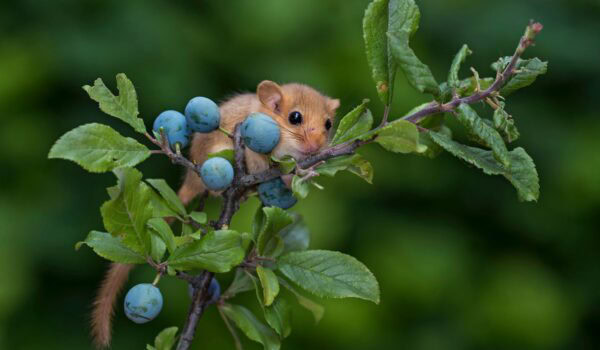 Dormouse on hazel branch
Dormouse on hazel branch
🦇 Wildlife Wonders
The reserve also provides a home for a wide range of wildlife. Several bat species, including the lesser horseshoe, noctule, and brown long-eared bat, can be found roosting in the area.
Birdlife is equally rich – look out for nuthatches, treecreepers, buzzards, and the charming dipper, often seen bobbing along the riverbanks. Over 80 species of moths have been recorded, and butterflies such as the small skipper, speckled wood, and marbled white are commonly seen fluttering through the glades. 🦋
In the hazel coppices, dormice make their homes, while the river itself supports salmon, sea trout, and even otters, which are sometimes spotted playing near the waterfalls. 🦦
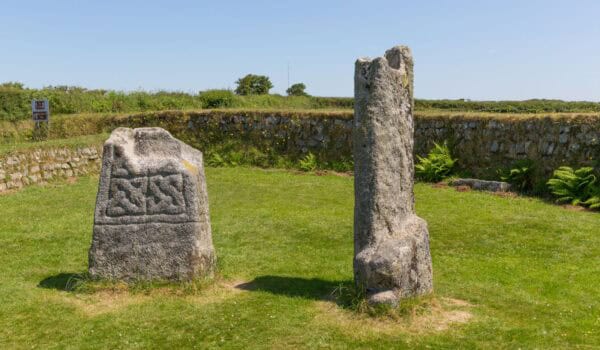 King Doniert’s Stone
King Doniert’s Stone
🚶♀️ Explore More Trails
In addition to the main waterfall trail, the reserve offers several waymarked walking routes, including accessible paths suitable for wheelchairs and those with limited mobility – making the area welcoming for all kinds of visitors.
📜 A Touch of Cornish History
Just a short distance between the reserve’s car park and St Cleer village stands King Doniert’s Stone – the remains of an ancient carved cross believed to commemorate King Doniert (or Dungarth), one of Cornwall’s last kings. Legend says he drowned near the lower falls in AD 875, making this not just a place of natural beauty, but a site steeped in history too.




